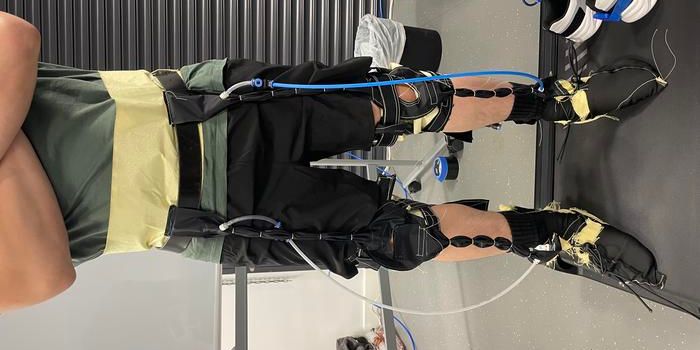Will Diamond Nuclear Batteries Power the Devices of the Future?
It’s no secret that modern-day batteries suck; Not only do they necessitate frequent recharging, but some variations, including lithium-ion, have been known to introduce hazards like spontaneous combustion.
Scientists have been trying to develop the perfect battery for decades, and while there’ve been a lot of exciting breakthroughs in just the last several years alone, one idea that has been tossed around is the idea of using betavoltaics, which is essentially the practice of extracting an electric charge from a beta particle-emitting radioactive material.
Nuclear batteries exist already in many of NASA’s spacecraft and interplanetary rovers, but these batteries use the heat from said radioactive materials to generate power rather than the beta particles themselves. The latter is commonly thought to be a safer method, albeit not as energizing as the thermal technique.
In a breakthrough development, however, researchers have managed to process the relatively-safe carbon-14 isotope into what one might describe as a ‘diamond nuclear battery.’ In other words, they’ve developed a diamond that can produce an electric charge, and while it isn’t much, it just might be enough to power individual devices, such as smoke detectors, engine sensors, IoT devices, and hearing aids/other implantable sensors.
The scientists behind the development say that it could power these devices for decades without needing to be replaced or recharged and that it would be completely safe because the diamond structure around it absorbs the radiation. That said, could this be a viable path toward making batteries better?
It should be interesting to see if the concept ever takes off, and more importantly, whether it can be perfected for more uses outside of low-energy requirements.








